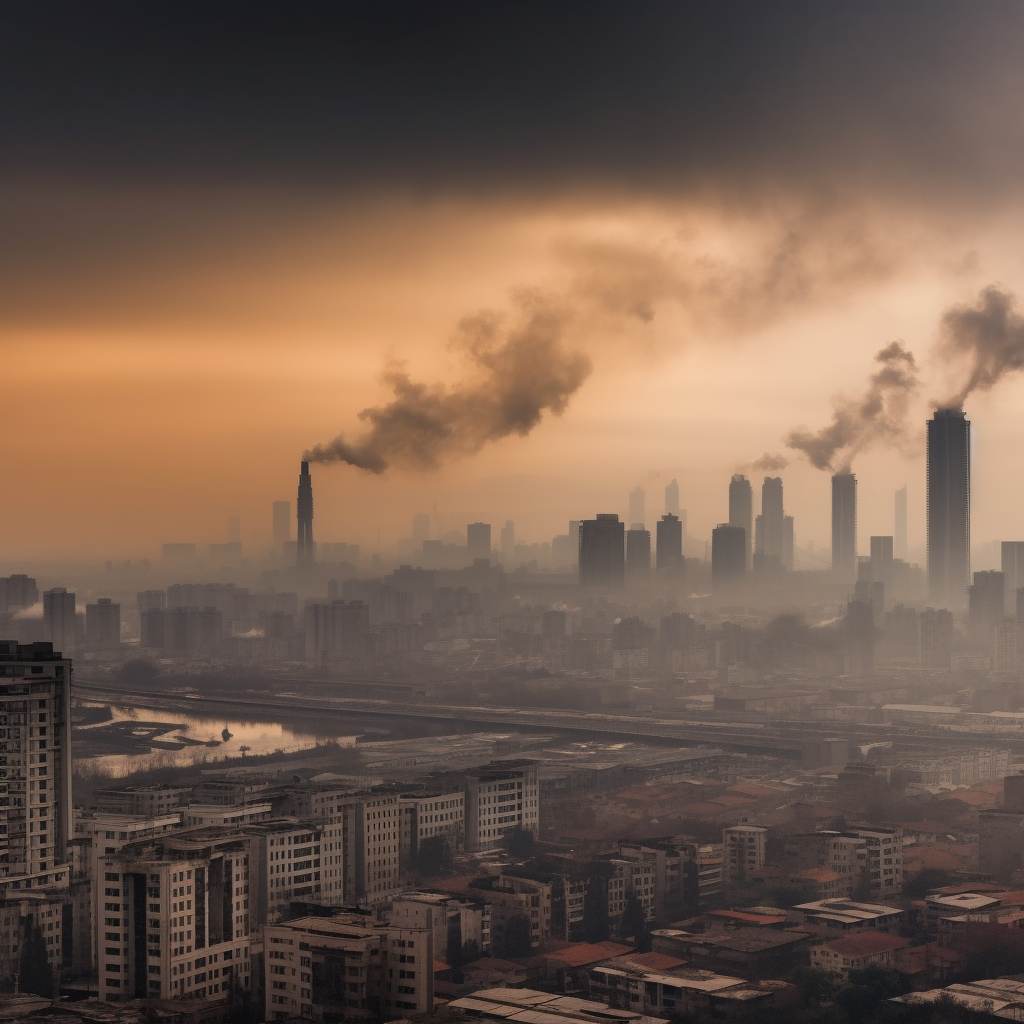May 16, 2024
Atmospheric CO2 Increase is Ten Times Faster Than Any Point in Last 50,000 Years, Study Reveals
Book a Demo
In a groundbreaking study conducted by researchers from the University of St. Andrews and Oregon State University, it has been found that the rate of increase in atmospheric carbon dioxide is ten times faster than at any point in the last 50,000 years. This startling revelation underscores the impact of human carbon emissions on climate change.
To understand the repercussions of human carbon emissions on our climate, the team of researchers analyzed chemicals found in ancient Antarctic ice. The research demonstrated that sharp increases in carbon dioxide occurred in conjunction with North Atlantic cold intervals, also known as Heinrich Events. These events are associated with abrupt global climate shifts.
The study suggests an interplay between natural carbon dioxide increase and westerly winds, which are crucial to deep ocean circulation. During periods of natural carbon dioxide increase, these winds appear to strengthen, leading to a rapid release of carbon from the Southern Ocean.
However, the study also warns of a potential danger. If climate change continues to intensify these westerly winds, the Southern Ocean’s capacity to absorb human-generated carbon may be significantly reduced. This could potentially lead to an even more rapid increase in atmospheric carbon dioxide levels.
The rate of CO2 increase today is primarily driven by human emissions, as revealed by the study published in the Proceedings of the National Academy of Sciences (PNAS). Alarmingly, the current rate of increase is ten times higher than previous natural rises observed in history.
The research further emphasizes the interconnectedness of Earth’s climate systems. It highlights the potential for rapid and widespread climate changes and confirms that the primary driver of the rise in CO2 levels is human activities.
The study relied on ice core samples from the West Antarctic Ice Sheet to analyze trace chemicals. These analyses revealed unexpected jumps in CO2 levels during the last ice age, which were found to be occurring concurrently with Heinrich Events. This finding adds a new layer of complexity to our understanding of historical climate patterns and the role of human activity in shaping our climate’s future.
Science4Data is committed to cut through greenwashing and measure real impact. Join the journey to a sustainable future. Your actions matter.



